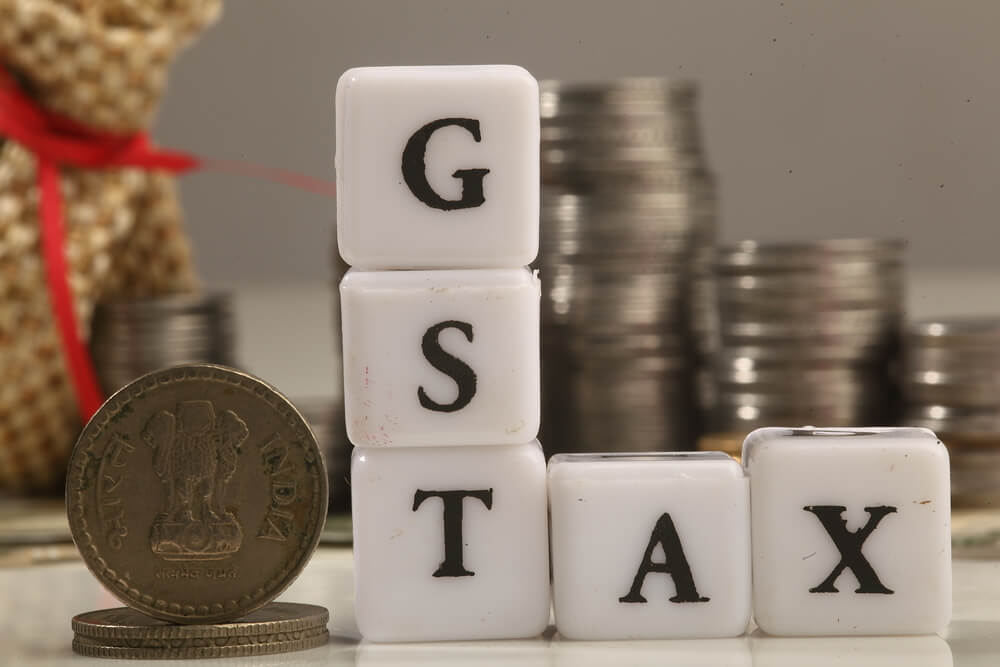How do you write GST on an invoice?

How do you write GST on an invoice?
The Goods and Services Tax (GST) is a unified tax on manufacturing, selling, and consuming goods and services in India. The GST system requires businesses to generate invoices for the goods and services they provide, which are used to track and record transactions. A GST invoice is an important document that outlines the details of a GST transaction. This article details the process to ensure that GST is correctly included in an invoice.
What is included in a GST invoice?
The GST invoice must include the following details:
1. GSTIN of the supplier:
This is the GST Identification Number of the business registered under the GST system.
2. Details of goods/services:
This includes the name and quantity of goods/services provided, as well as the unit price, total amount, and applicable GST rate.
3. Place of supply:
This should be mentioned on the invoice, along with the state code of the supplying and receiving states.
4. Date of supply:
This should be the date on which the goods/services were supplied.
5. HSN/SAC code:
The HSN/SAC code is a numeric code given to goods and services for classification purposes. This code should be mentioned on the GST invoice.
6. Total amount payable:
This includes the total value of the goods/services supplied and the applicable GST.
7. Reverse charge details:
The details must be mentioned on the invoice if the transaction is subject to reverse charge.
8. Signature:
The GST invoice must be signed by the supplier and the recipient.
How to write GST on an invoice?
Here are the steps to ensure GST is correctly included on an invoice.
1. Obtain a GSTIN:
The first step is to obtain a Goods and Services Tax Identification Number (GSTIN) from the government. This unique 15-digit number is allocated to every taxpayer who is registered under GST. This number will be required for all GST-related activities and should be included on all invoices.
2. Calculate the GST rate:
The GST rate applicable to the goods or services being invoiced must be determined. GST is divided into three categories – 5%, 12%, and 18%. The rate applicable is determined by the nature of the goods or services being invoiced.
3. Calculate the GST amount:
The GST amount must be calculated by multiplying the GST rate by the value of the goods/services being invoiced.
4. Write the GST details on the invoice:
The GST amount, GSTIN, and GST rate should be written on the invoice. This will ensure that the customer can easily identify the GST amount and claim the input credit against it.
5. File GST returns:
The business must file GST returns with the government regularly. This will ensure that the GST amount collected is correctly reported to the government and the company is compliant with GST regulations.
By following these steps, businesses can ensure that GST is correctly included on their invoices. This will help them comply with GST regulations and ensure they are not liable for penalties or fines.


